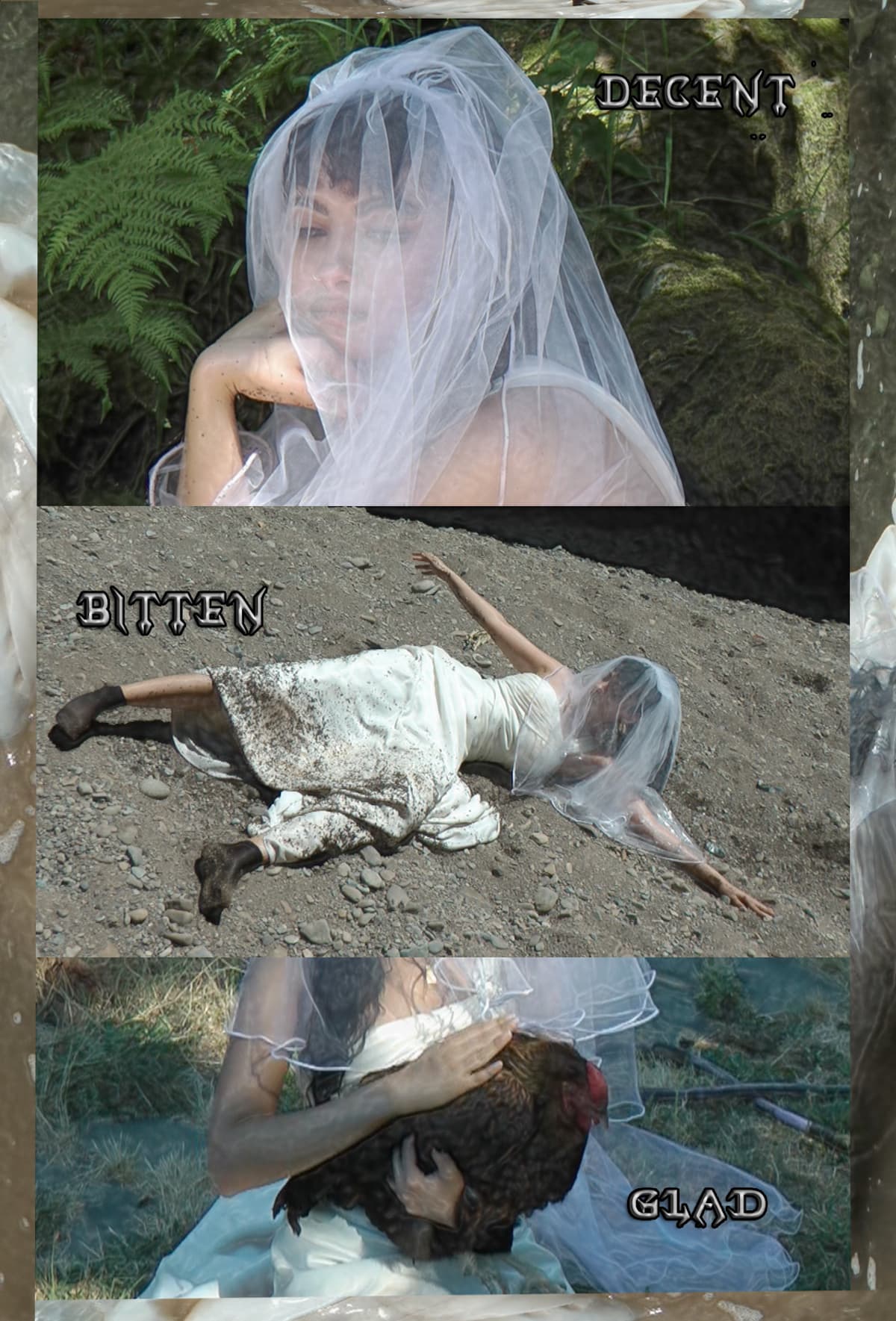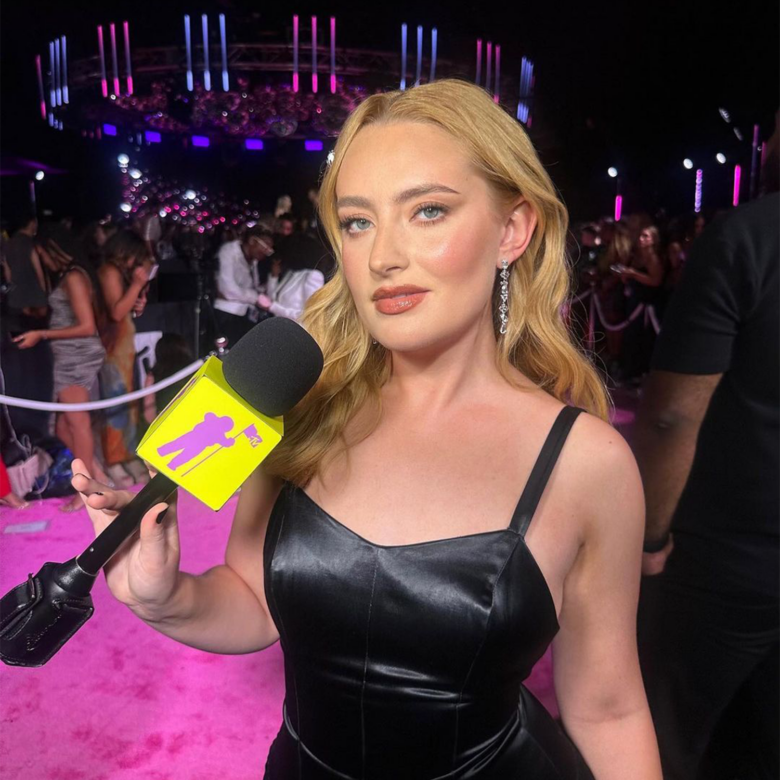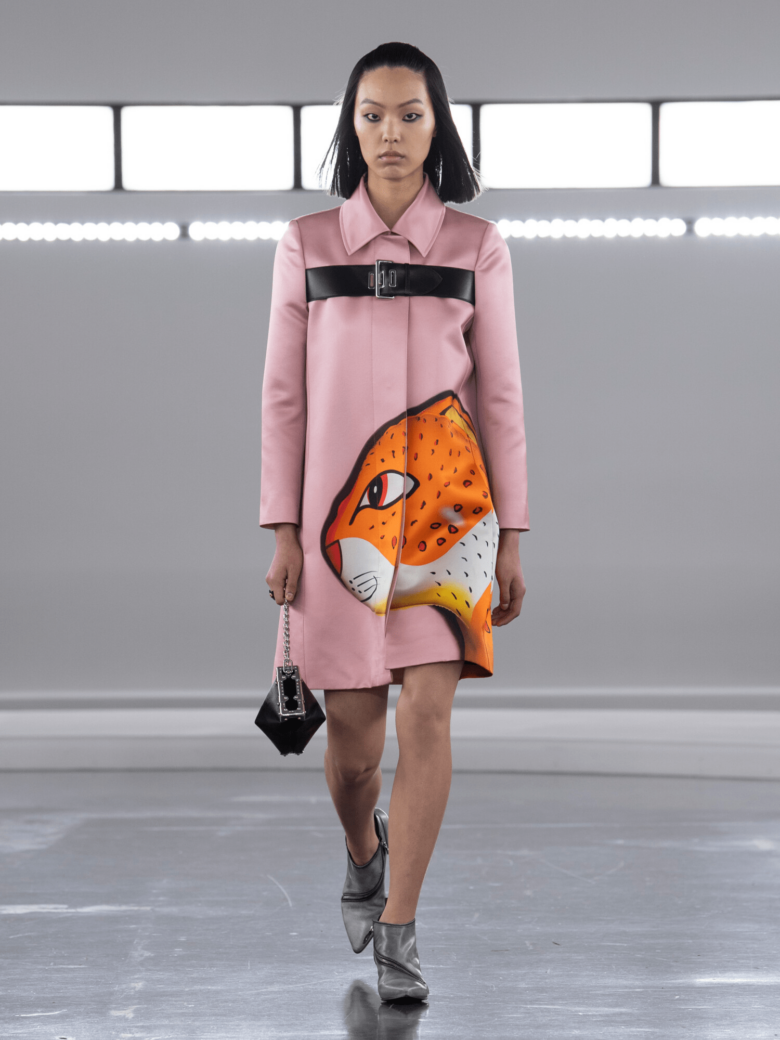The Future: Sadaf Nava
After nearly a decade of living in New York, artist Sadaf H Nava is still finding her place. Born in Iran and raised in Canada, Sadaf allows her practice to reflect her expansive personal histories. Her work skirts the traditional boundaries of mediums and genres, existing instead as temporary experiments and fleeting feelings. A skilled violinist, vocalist, and visual artist, she twists her sound through the layered production on History of Heat, her debut album released last year, until the independent threads become knotted, woven into themselves.
The result is a luscious, emotive body of work with deep roots in improvisation. At times difficult to describe and intangible, it is less based on pathos-driven expression than on a curious, thoughtful exploration of the world it finds itself in. The sound of the future is inevitable – lots of producers try to seek it out amid their beats and basslines. But for many, a singular look into the future is as important as a singular reading of the past: limited in scope, they both leave little room for the imagination. Sadaf’s oeuvre is neither definitive nor prescriptive, existing more as a series of questions than a statement.
How would you describe your practice, or the work you make?
I wouldn’t – I wouldn’t describe it at all. I really would rather it speak for itself. I’m interested in poetry that’s not meant to be understood in that sense, so I couldn’t really frame it in any way. It doesn’t really fit into a genre. I hope that it doesn’t. I hope my work can be its own genre – I wouldn’t want to give it any prescriptive boundaries.
I’ve noticed that a lot of people often label your work as experimental or futuristic, and I wonder if that’s because people don’t understand it, because it “doesn’t fit” into these genres. What kind of boundaries do you explore within your work?
I’m flattered because it means that it’s not kind of stuck in the past, but I’m not consciously thinking about pushing boundaries – that’s a side effect. It’s really the only way that I know how to make things, because I’m not from formal training. I’m more interested in inventing a new way to play or perform music, or to present work. What I do is impulsive and intuitive. I’m not really thinking about pushing boundaries. It’s just what happens.
Instead of “What are you thinking about when you’re making your work?”, perhaps a better question would be what are you feeling when you’re making your work?
I think that it’s something that is necessary for me personally, and even if I work within a fictional framework, I’m sorting out things about the world or myself that I don’t quite understand. Maybe that’s why there’s a confusion that comes out, because I don’t really know, and I’m not really working with answers at all. It’s a way to express a range of emotions, which could go from frustration or confusion to a passion.
I work with strong emotions, and they’re quite abstract. A lot of them factor into my daily life or my personal life, but I would never want to talk about that directly, like a diary. I wouldn’t want to make something autobiographical. There is a fictional part or a part that is distorting what is there, or a part that makes it into a fantasy or an exaggeration, or something in that lane, and it comes about through improvisation.

You often set the stage for your improvisation with your wardrobe, with lots of really striking and recognisable silhouettes – tight corsets, hoop skirts, the frilly sleeves, the flamenco dresses. When you’re getting dressed for performance, what do you pay attention to?
I wear what I like, and it’s really that simple. If I could wear those things daily to just do my groceries, I probably would.
My style really doesn’t reflect my music. It’s that contrast that I’m also interested in. I think it’s interesting, moving forward, to change the usual kind of uniform for these genres. If you’re playing punk music or experimental music or noise music, there’s nothing that says you should be dressed in all black, but this is usually what we see, and I feel like that is something that is very stuck in the past. Instead of regurgitating these genres and how they look, I’m more in favour of reinventing what something could look like. [I’m interested] in maybe a more glamorous mainstream look, but I don’t want my music or what I do to sound that way, so I’m putting them together, and it comes from just being honest about what I like.
Let’s talk about your communities, your life, the things you care about around you. What do you hope to manifest by, say, 2025? Or 2050? What are your hopes for the future?
I would like to start working with others. The album is 95 per cent my head – there aren’t features and I produce my own music. There aren’t many people involved in what I do, which I’ve always liked, because then it does have this very personal feeling. In the future, I would really like to experiment working with other musicians, especially on a new album, and to direct or to compose for others, and to have a group that I perform with.
I would also like to direct in terms of moving image and film. I’ll be doing a residency in Paris, where I’ll be interpreting a 1960s text by Maurice Blanchot – Awaiting Oblivion – and I would like to make it into a multimedia performance and a video piece. I will be working with actors and a cinematographer and a crew. It’s kind of a direction I like to go in – to take myself out of it a little bit.
I would also like to explore something a bit more material, in the sense that I would like the physicality of it to be amplified, because I’ve worked so much with emotional themes, and I’m a little bit burnt out by it. I would like to kind of go the opposite direction and see what that would be like, just for my own curiosity. I want to try to make something super cold. The last two projects have been very much about heat. All the sounds have this fire, high-pitched burning feeling – the last one is called History of Heat! I would like to know what it is to work with a coldness or a precision, but to keep the same improvised method.

